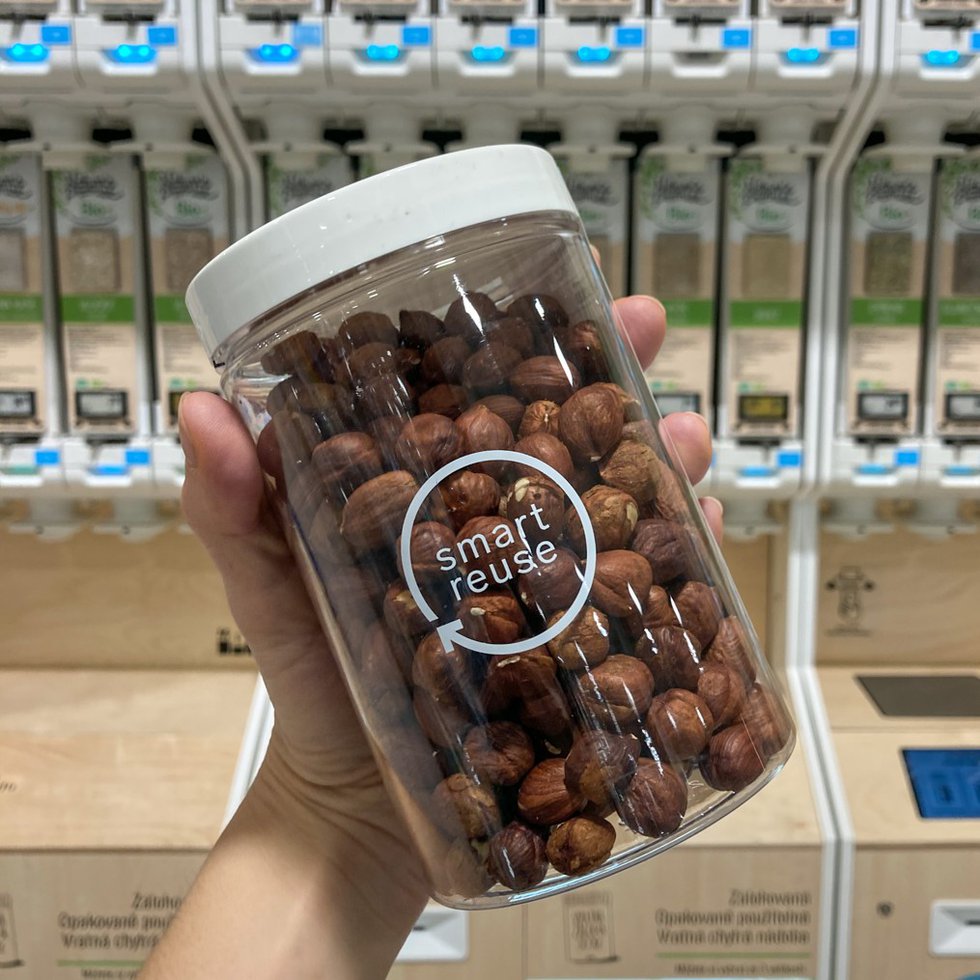
On Monday, December 18, environment ministers of EU member states will decide the fate of key packaging legislation, which could significantly change the rules regarding the packaging of food, drugstore goods, and a variety of other products. The aim of the so-called Packaging and Packaging Waste Regulation (PPWR) is to prevent and reduce packaging waste while increasing the use of reusable packaging. The European Parliament already adopted its position on November 22, but member states represented by ministers will certainly have differing opinions on some aspects. Miwa Technologies, a company that develops innovative solutions in the field of reusable packaging, provides below an analysis of the situation on the eve of the crucial vote.
The driving force behind the most ambitious changes within the entire regulation, especially in reusable packaging, is the Netherlands and Austria, followed by Germany. At the opposite pole are a trio of more sceptical states. One of them is the Czech Republic, followed by Italy and Finland.
For Italy, the reason for scepticism is its previous massive investment in recycling capacity, which is why it now prefers packaging recycling to the principle of reusability. For Finland, its strong paper industry plays a role, and the country lobbies heavily especially against parts of the regulation dealing with the reuse targets. In the case of the Czech Republic, the main motive is primarily the protection of Czech manufacturers, who fear that they will not be able to prepare for the new rules in sufficient time.
Proponents of the changes, on the other hand, argue about the significant negatives of single-use packaging and the need to harmonize the rules across the entire EU single market, thus setting a certain minimum bar for manufacturers and retail chains. They advocate, for example, that a certain part of the shopping area of supermarkets - for example 10% - be reserved for the sale of goods in reusable packaging.
According to unofficial information, the three opposing countries mentioned above managed to gather a group of approximately ten member states that did not agree with the negotiated Spanish compromise and wanted further negotiations. If at least four of them, representing more than 35 percent of the population of the Union, were to form a so-called blocking minority, the entire legislative process would have to start again, which would very likely not be manageable before the European elections in June 2024.
A heated debate is currently taking place, for example, regarding the possible exclusion of wine bottles from the set goals for reusable packaging and the overall setting of these goals until 2040. As a result, on 12 December, the Spanish Presidency presented an updated draft of common approach that could be acceptable for the majority of member states.
This most recent common approach proposal reflects the latest discussions: for example, it suggests more ambitious 2040 reuse targets for various alcoholic and non-alcoholic drinks (an increase from 20% in the original proposal to 40%). The compromise wording of the regulation tries to preserve most of the environmental goals in the field of sustainability and reduction of packaging waste, as they were set in the original wording presented by the European Commission. But at the same time, it wants to offer member states more flexibility in a number of areas, for instance, in achieving the waste prevention targets where the correction factor accounts for the increase or decrease of tourism.
The Spanish Presidency also proposes the obligation of retailers with a sales area of more than 100 m2 to accept back all reusable packaging in which they sell their goods, and subsequently ensure their recovery and return to circulation.
Furthermore, the Council Presidency also deleted the provision for delegated acts, which would have allowed the Commission to introduce new re-use categories, as according to the EU member states, the new categories should only be established through the ordinary legislative procedure. Therefore, according to the latest position of the Council, the reuse targets for new products could be added at the earliest during the review, anticipated in 2034.
Another proposition in the latest version of the draft common approach is that member States can be exempted from the obligation to start depositing plastic and metal bottles if they manage to achieve a sorting level of at least 78% in 2026.
According to the unofficial statements of the Spanish Presidency representatives, the level of lobbying activities around the PPWR is one of the highest they have experienced in connection to the environmental legislation during the last five years.
The regulation caused a great deal of discussion already in the European Parliament. In some areas, it softened the original proposal of the European Commission, but on the contrary, it came up with a new provision that obliges member states to ensure the sorted collection of 90% of all packaging, especially paper, plastic, glass and metal, by 2030.
The Parliament also wants to set specific targets for reducing the amount of plastic packaging: 10% by 2030, 15% by 2035 and 20% by 2040. Nevertheless, the negotiation position approved by the European Parliament was in some areas less ambitious than originally expected. This includes namely softened measures on retailers to reserve 10% of the sales area to refill stations and deletions of delegated acts that would allow the Commission to introduce new reuse categories.
Adoption of the Council’s position by the ministers of environment marks only one of the milestones towards the final text. So-called trilogues between the co-legislators, the European Parliament and the Council, and the European Commission will start early next year. It is still unclear whether the policymakers will manage to find a political compromise before the European elections, which takes place in June 2024. If not, negotiations will have to be postponed for the second half of 2024.
